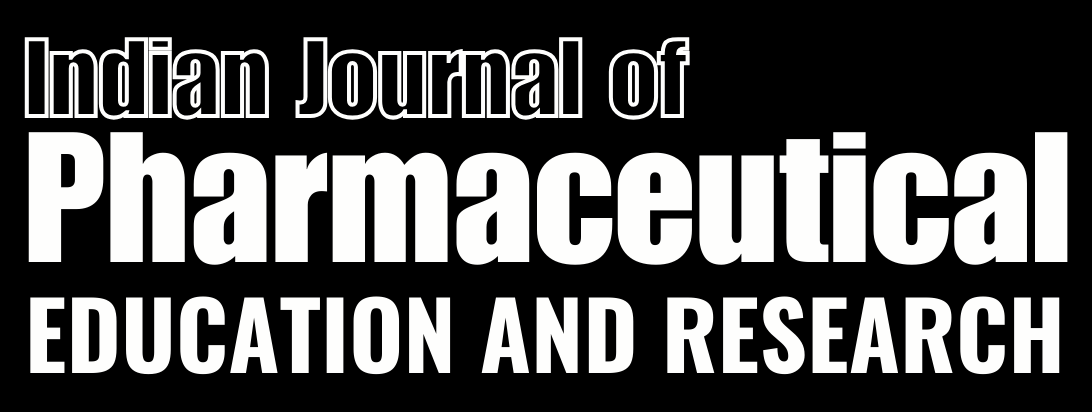ABSTRACT
Background and Objectives:
Obstructive jaundice is characterized by excessive accumulation of bilirubin due to blockage of bile ducts. Chronic obstruction can result in various complications. Trigonelline, a plant alkaloid derived from fenugreek seeds, has been extensively studied for its hepatoprotective effects. This study aimed to investigate the putative mechanism of action of trigonelline in an experimental model of obstructive jaundice.
Materials and Methods:
Obstructive jaundice was induced in young Sprague-Dawley rats (140-150 g) by ligating their common bile duct. Then they were treated orally with vehicle (1% dimethyl sulfoxide), curcumin (20 mg/kg), or trigonelline (50, 100 and 200 mg/kg) for 28 days.
Results:
Trigonelline (200 mg/ kg) exerted protective efficacy against obstructive jaundice, as depicted by marked inhibition (p<0.001) of elevated serum AST, ALT, ALP, GGT, total bilirubin and direct bilirubin. The molecular underpinnings suggested that obstruction-induced alterations in hepatic levels of SOD, GSH, MDA and NO were effectively (p<0.001) ameliorated by trigonelline. Furthermore, RT-PCR quantification of hepatic fibrotic markers showed that trigonelline effectively down-regulated (p<0.001) hepatic α-SMA, Collagen-1, TGF-β and Smad-3 mRNA expression. Furthermore, histopathological analysis of hepatic tissues suggested that trigonelline effectively (p<0.001) reduced obstruction-induced morphological perturbations.
Conclusion:
Trigonelline ameliorated obstructive jaundice via elevated oxido-nitrosative stress and up-regulated the mRNA expression of α-SMA, Collagen-1, TGF-β and Smad-3 in hepatic tissue. Thus, trigonelline can be considered a valuable therapeutic agent for the management of obstructive jaundice.


